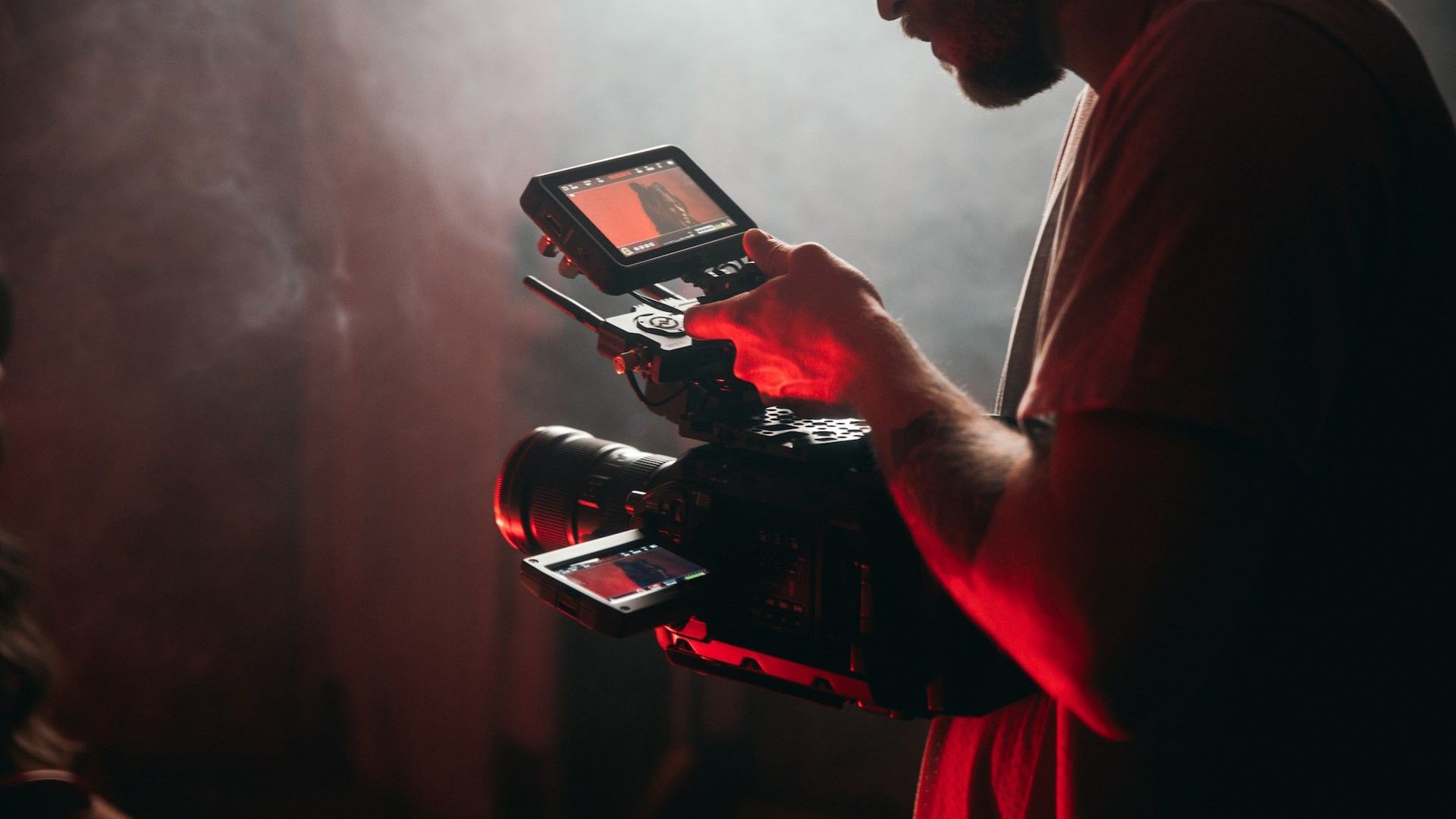
Shooting branded content? Here are some key aspects cinematographers should keep in mind during pre, pro, and post.
The following material is an excerpt from the No Film School How to Make Money as a Cinematographer course.
Many companies can be very specific about the design language of their products. Not only will they want to uphold their brand standards, but they want to evoke a specific aesthetic that leans into the tone of their product. These details can range from lighting to color and all the way to camera movement.
Why are they important? All of these things not only make brands consistent, but allow consumers to better understand what they are buying and why.
While each brand you work with will ask for a different approach to each project, there are a few things that cinematographers should know before stepping into an initial meeting, onto a set, or into the editing bay. Understanding these key aspects will give you the tools needed to nail the right look, color, and lighting that may end up being technical or creative challenges during production.
1. Nail the Voice of the Brand
Finding the voice of a company can either be extremely straightforward or extremely vague.
At one end of the spectrum, a company may know exactly who they are targeting and what its brand guidelines are. This level of company self-awareness means that the company is comfortable with who they are and will more than likely tell you exactly what its image is.
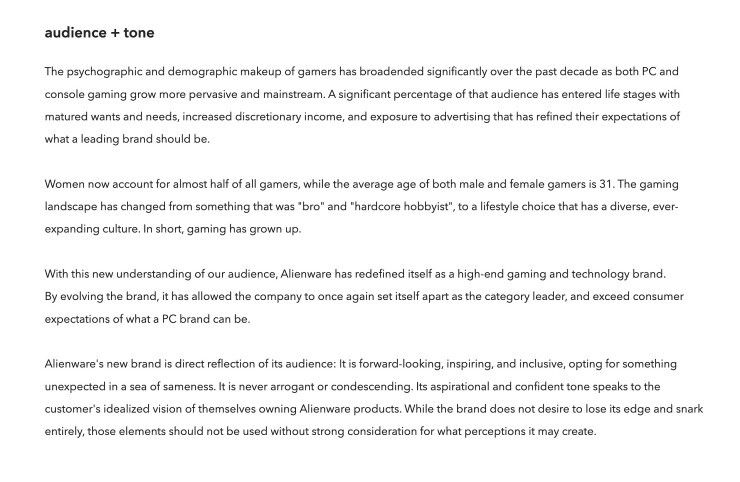
At the other end of the spectrum, some companies will be ever-evolving to meet the changing culture of their demographics. While it might seem like these companies might not have a strong voice, they are only keeping up with social change. When working with these types of clients, cinematographers will have to do some research to see the demographic the company is trying to reach, the company’s aesthetics, and their own professional interpretation of the company’s voice.
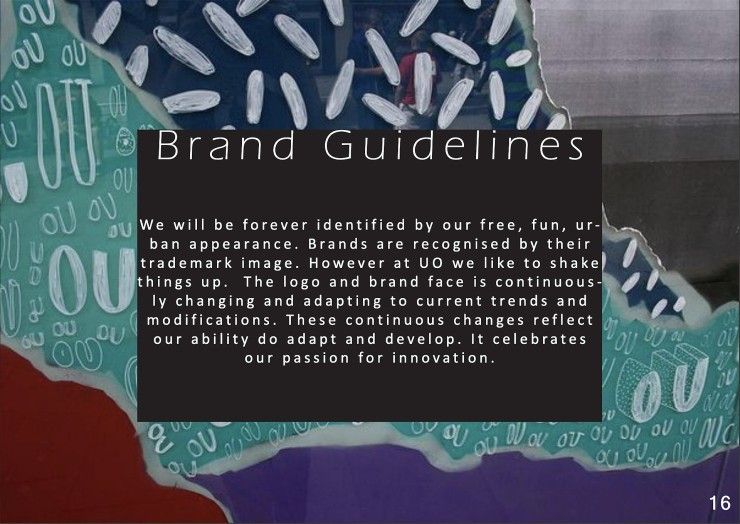
When creating a visual voice, always think about what the company’s goal is. What are they trying to sell, who are they selling to, and how are they trying to sell it? Come to the table with a few ideas to help bring the brand's vision to life.
2. Understand Color
No, this isn't a tip on how to color properly. This is all about a brand's chosen color palette, which not only makes them stand out in a crowd but allows them to tell a story about who they, and their products, are.
Most brands will have a color pallet that they want you to work within. These will be coded colors from companies like Pantone and must remain consistent between physical products and visual representations on screen.
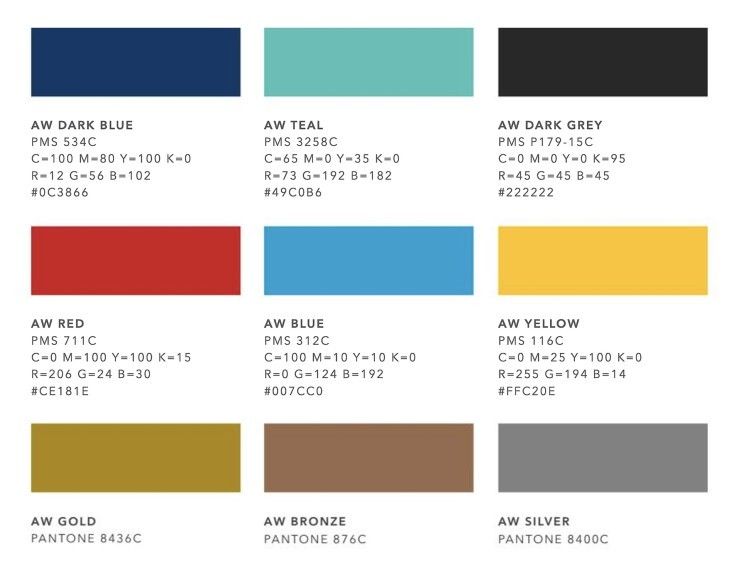
This may seem easy to nail a brand's color in post-production by simply referencing a color swatch or code, but it can prove extremely challenging. If you're a cinematographer on set, consider the following:
- Is your client monitors are properly calibrated?
- Are your lights color accurate?
- If not, what tools do you need to overcome the color shift?
- Things like gels and color temperature adjustments may be necessary.
If you're also coloring the project, your entire workstation suite must also be color calibrated to make sure you meet the client's needs. Most brand executives may also not be tech-savvy and will need to see color-correct versions of their footage during multiple sets in the editing pipeline.
However, some brands will be as strict with their color pallets, which (counterintuitively) may be great for production and color grading. Creatives will have a lot more leeway in nailing the right color, either through lighting or in post. Other brands might know exactly what colors they want to work with, which makes a DPs job a little easier.

Understanding the brand’s color palette will allow the DP to plan accordingly by finding the right lights and color grading workflow to accentuate the beauty of the brand's colors.
3. A Brand’s Visual Language
What is visual brand language? By using design elements such as shapes, color, different materials or finishes, and composition, brands can communicate their values and personality through imagery and design. For cinematographers, the above elements are usually handled during production and prep, while things like typography are focused on during editing.
Before production begins, take the time to understand a brand's visual language. DPs can do this by studying the brand’s website and previous campaigns. Most clients will also have a brand book that will cover most, if not all, of these things. This will help cinematographers plan accordingly to nail the brand's aesthetic before you even hit set. A great source for finding different brand guideline books is issuu.

Watching and researching the brand’s previous content will also help DPs plan for camera movement and other technical aspects that are often featured in the brand’s work.
Even if the brand is changing directions, try to understand where the company is coming from and who the consumer is. Then, try to plan for their new direction based on the assignment they give.
There's More To Being A Cinematographer
Properly shooting branded content is only a small aspect of being a well-rounded cinematographer. While film school can teach you the in's and out's of composition and artistry, how do you do things like find clients? How would you climb the crew ladder to become a DP yourself? How would you even start to manage your finances when you do start getting paid?
The No Film School course, How to Make Money as a Cinematographer, has these answers and more!
Over the past year, we've created 75 chapters, 8 hours of video, and over 50 written resources to teach you how to be a better shooter. We cover everything in this article, and include things like the proper way to buy gear (so you can save money while you use it), how to make passive income from stock footage, and even how to craft the perfect reel. And that's just the tip of the iceberg! How to Make Money as a Cinematographer is not about the craft, but the business of being a cinematographer.
We want to give back to our amazing community that has shaped No Film School over the past decade by offering them the tools they need to succeed.
Start Building Your Dream Career Today
Whether you just need some tips on how to shoot branded content or you're ready to take your career to the next level, How to Make Money as a Cinematographer is the one course you'll need to become the cinematographer you've always dreamed of. If you're waiting for a sign to make 2023 the year you succeed, this is it!
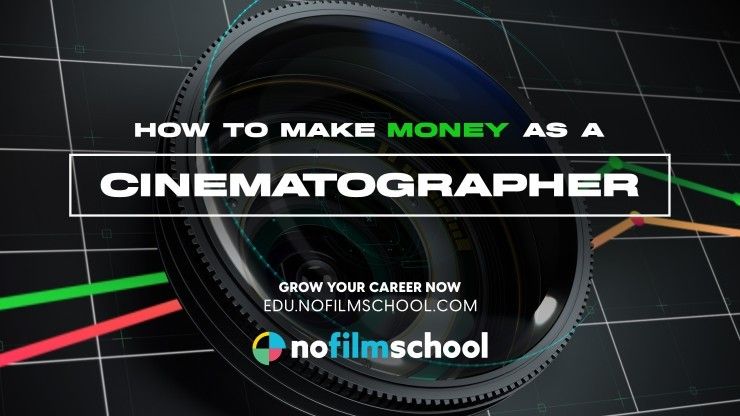
Your Comment